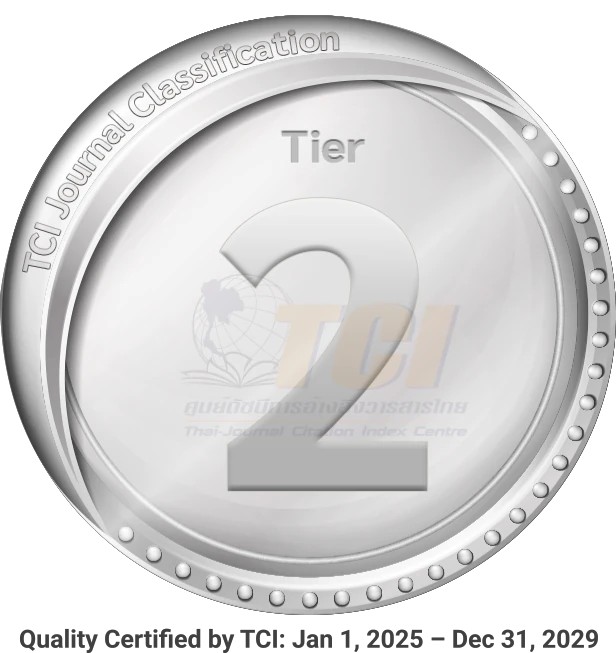Higher Education in Thailand: Educational Logistics and Entrepreneurial Success
Abstract
It has been currently recognized that the higher education sector has used business models in their managerial approach to organizational structures as well as applied entrepreneurial strategies in satisfying the needs and preferences of their stakeholders. In this regard, the researcher identified concepts and theories on entrepreneurship as applied to the business sector and to the field of education. The purpose is to investigate entrepreneurial activities and strategies which universities apply to six processes of educational logistics established by Bergström & Bulter (2009). These processes are (1) student information management, (2) examination, (3) flexible study path of the individual student, (4) staff workload planning, (5) planning and timetabling, and (6) space management. A structured interview based on these six processes was constructed to obtain data regarding entrepreneurial activities carried out by six of the top universities highly ranked in quality assurance by the Office of External Quality Assurance, Thailand. Data on entrepreneurial activities in the framework of educational logistics after Bergström & Bulter (2009) were obtained by interviews with university executives. The data analysis identified ten entrepreneurial activities and strategies ranked in frequency and percentage. It was noted that some strategies, particularly student support activities and university social responsibility, appear not to be entirely confined by the framework of educational logistics processes used in the study. The results of the study are expected to shed light on opportunities for universities in bringing about innovations and clientoriented strategies for educational entrepreneurship via educational logistics in order to achieve their competitive advantage in the long run.



